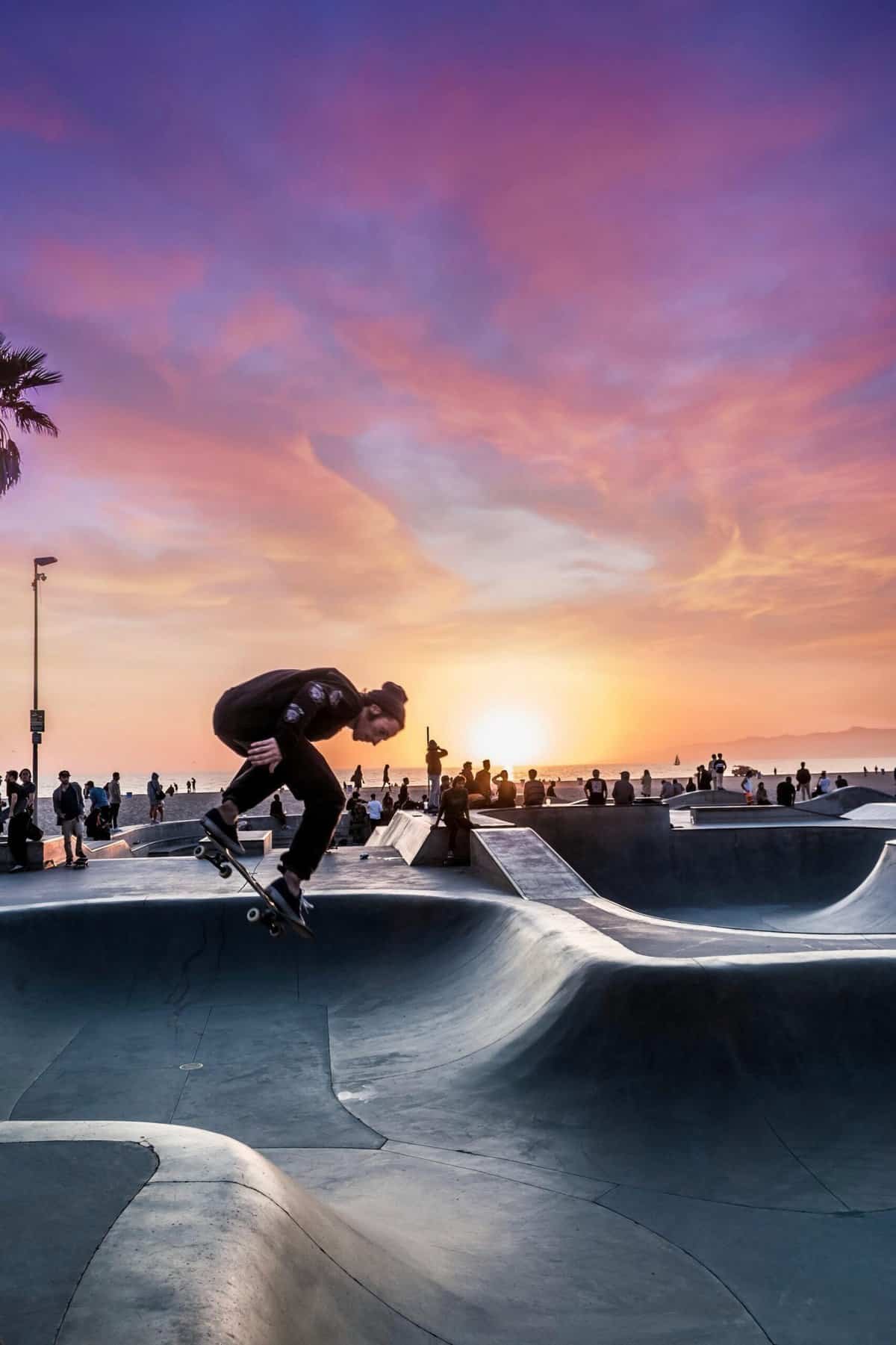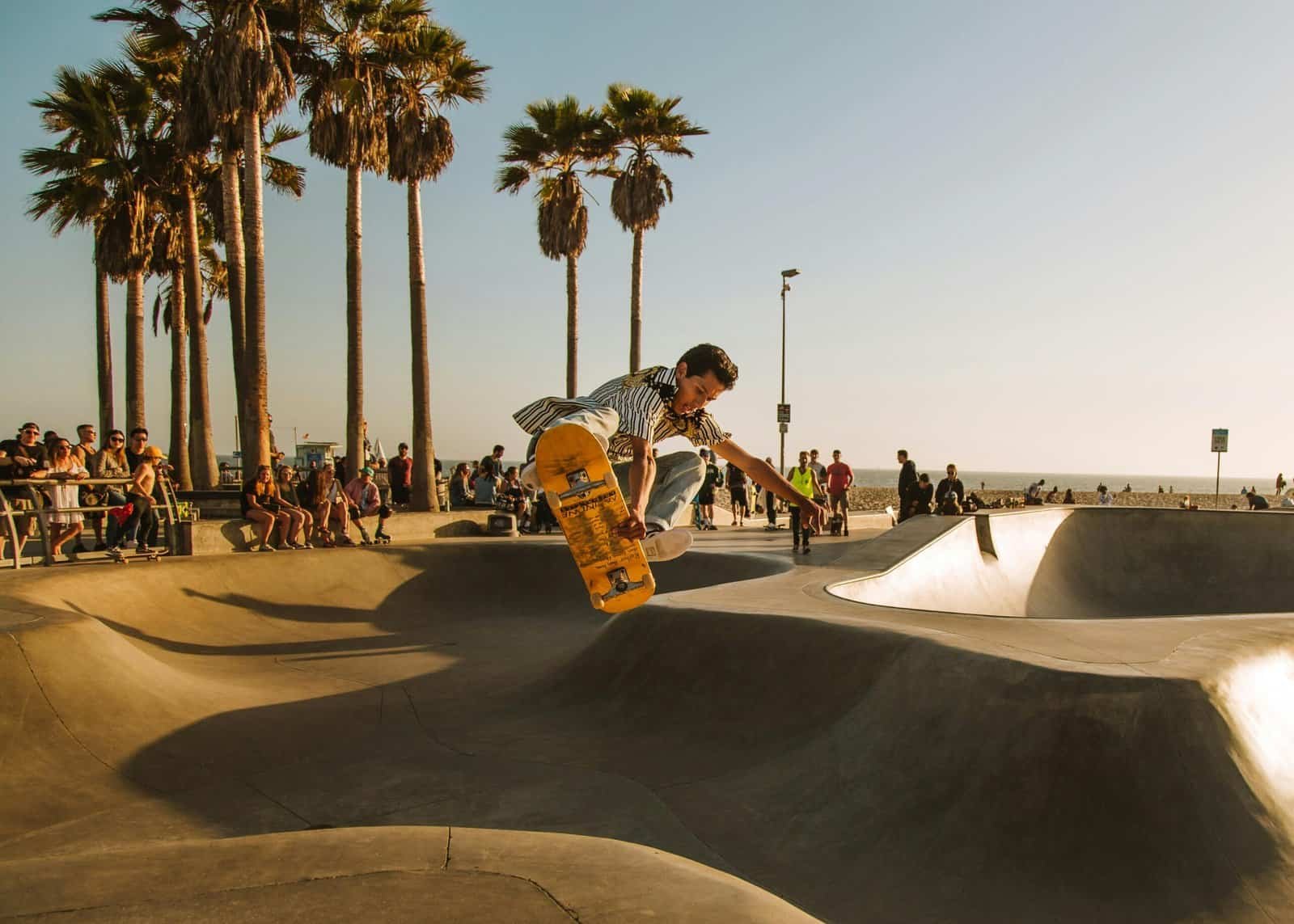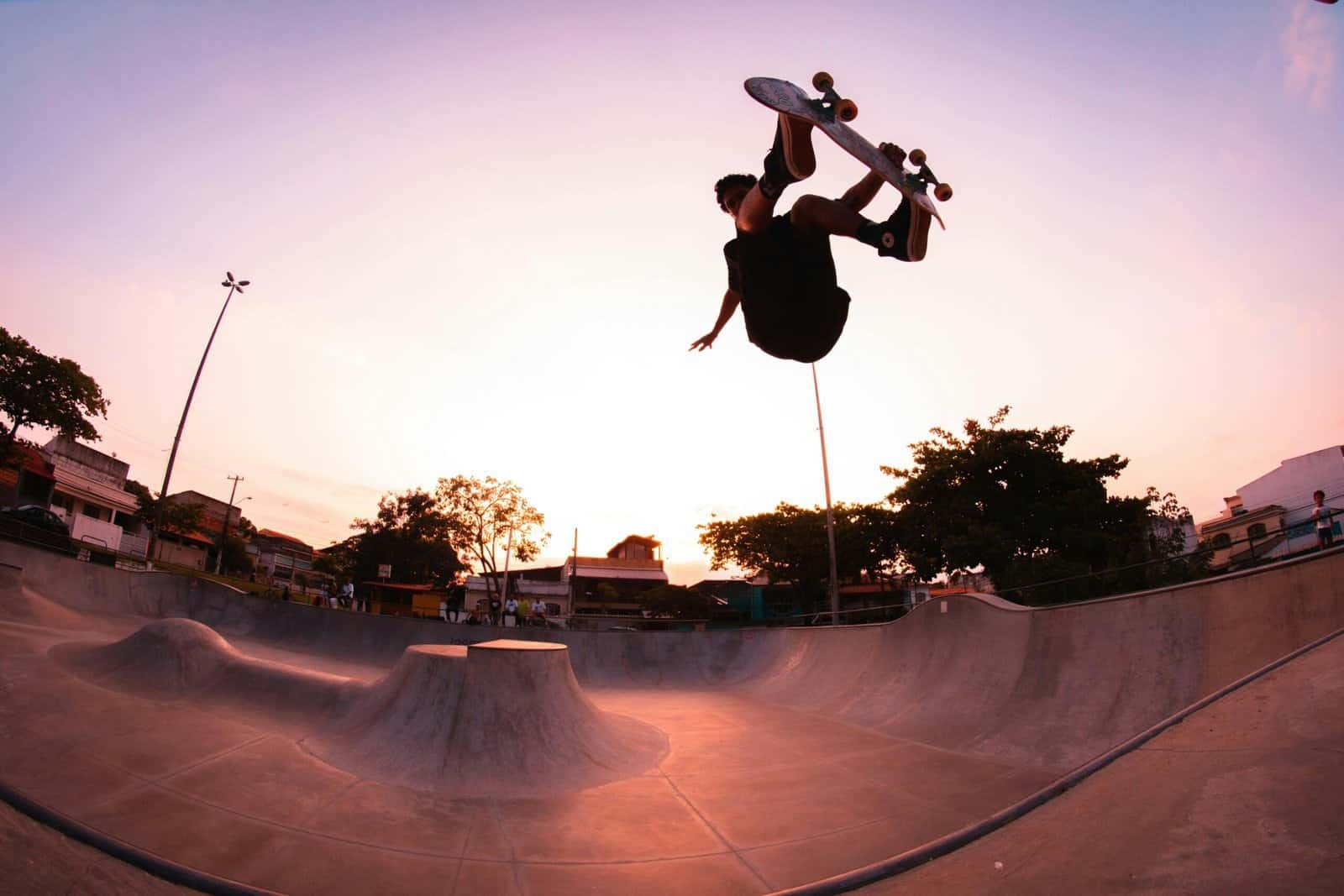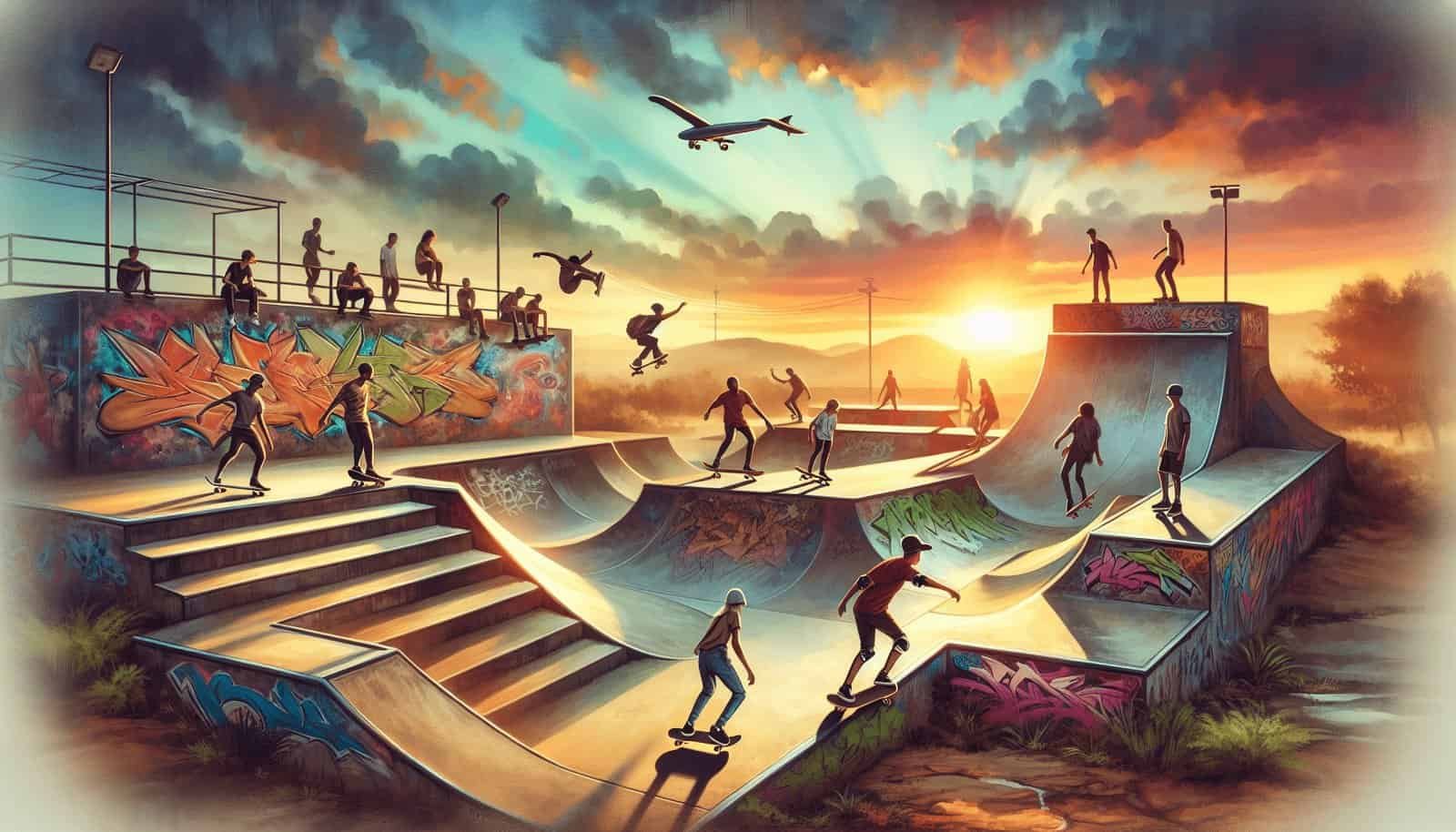Have you ever found yourself itching to hit the ramps but not quite sure where to find the perfect skatepark? Whether you’re an experienced skater or just starting out, knowing the best spots to hone your skills can significantly enhance your skating experience. In this article, we’ll explore various aspects of finding the best skateparks in your area, what makes them unique, and what to consider when choosing your next skating destination.

The Importance of Location
The right skatepark isn’t just about the ramps and rails; it’s also about convenience and accessibility. A skatepark close to your home or work can make frequent visits more feasible, allowing you to practice regularly and improve your skills.
How to Identify the Best Locations
To find excellent skateparks near you, consider a few factors. Are there public transport links nearby? Is parking easy and affordable? These are practical considerations that can affect your skateboarding experience. Checking online maps or local resources can provide a list of skateparks within a comfortable distance.
Community and Vibe
Every skatepark has its own community and atmosphere. Some parks are family-friendly, focusing on beginners and providing a welcoming environment for younger skaters. Others might attract more advanced skaters and have a vibrant, energetic atmosphere. Visit a few different locations to find a community that feels right for you.
Facilities and Features
What makes a skatepark truly stand out is often its facilities and features. Whether you’re into street skating or vert ramps, different parks offer varied experiences to match different styles and preferences.
Types of Features to Look For
Some essential features to look for in a skatepark include:
- Halfpipes and Vert Ramps: These are ideal for skaters looking to catch some air and perform advanced tricks.
- Bowls: Perfect for transitions and flowing lines.
- Rails and Ledges: Great for street skaters focusing on grinds and slides.
- Flat Areas: Suitable for beginners and those practicing flat-ground tricks.
Quality of Construction
Safe and smooth surfaces are critical for a good skateboarding experience. Look for parks with well-maintained facilities and avoid those with cracked concrete or poorly constructed ramps, as these can be hazardous.
Assessing Skill Levels and Challenges
Selecting a skatepark that matches your skill level is important not only for your safety but also for your enjoyment. A park that offers an appropriate level of challenge can help you improve your skills while ensuring you remain safe.
Beginner-Friendly Options
If you’re new to skateboarding, seek out parks with flat areas and smaller ramps. These features allow you to practice basics without the risk associated with larger ramps or crowded parks.
Advanced Challenges
For more experienced skaters, parks with complex features like large vert ramps, deep bowls, and intricate street elements provide the challenges needed to push your skills to the next level.
Safety and Maintenance
Safety should always be a top priority when choosing a skatepark. Well-maintained parks not only ensure a safe environment but also provide a pleasant skating experience.
Inspecting Safety Measures
Check whether the park has clearly marked areas for different skating levels, protective gear recommendations, and properly maintained facilities. A well-organized park with safety measures is fundamental for a hassle-free skateboarding session.
Importance of Regular Maintenance
Regular maintenance checks and updates can prevent accidents. Engaging in a conversation with park staff or checking reviews online can give you insight into how well a park is maintained.

Gathering Reviews and Recommendations
One of the best ways to learn about a skatepark is through reviews and recommendations from other skaters. Hearing about first-hand experiences can help you make an informed decision on which park to frequent.
Online Skateboarding Communities
Online platforms and forums are valuable resources for finding reviews and asking for recommendations. Sites like Reddit or specialized skateboarding forums often have threads specific to different cities and regions.
Social Media and Word of Mouth
Don’t underestimate the power of social media. Platforms like Instagram and Facebook have vibrant skateboarding communities where skaters frequently share experiences about various parks. Additionally, word of mouth from fellow skaters in your community can lead you to hidden gems.
Accessibility and Inclusivity
A well-rounded skatepark should be accessible to all individuals, incorporating both physical accessibility for those with disabilities and an inclusive environment that welcomes diversity.
Physical Accessibility
Check if the skateparks have amenities such as ramps for easy wheelchair access, accessible restrooms, and designated parking spaces. These considerations make the parks enjoyable for everyone.
Diverse and Inclusive Atmosphere
A park that embraces diversity and inclusivity creates a welcoming atmosphere for skaters of all backgrounds. Whether you’re male or female, young or old, novice or expert, an inclusive park provides opportunities to learn and bond over a shared passion for skateboarding.

Legal and Community Support
Understanding the legal status of skateparks and the level of local community support can affect their longevity and quality.
Legality and Public Parks
Some skateparks are public, operated by city governments or local authorities, while others may be privately owned. Ensure the parks you choose to visit are legally sanctioned to avoid potential issues.
Community Involvement
A skatepark supported by the local community tends to flourish, often featuring events, competitions, or programs encouraging more people to pick up skateboarding. Check if your chosen park has community backing, which can also reflect in better maintenance and facilities.
Comparing Skateparks: A Summary Table
To make your decision-making process easier, here’s a brief table comparing some key features to consider:
| Feature | Importance |
|---|---|
| Location | Proximity and ease of access |
| Facilities | Types of ramps, bowls, rails, and their quality |
| Skill Levels | Suitable challenges for your level |
| Safety | Maintenance and safety measures |
| Reviews | Feedback from the skating community |
| Accessibility | Physical access and inclusive environment |
| Community Support | Legality and local backing |

Developing Your Skills
Once you’ve found the perfect skatepark, it’s time to focus on enhancing your skills. Practice regularly and set achievable goals to steadily improve your abilities.
Joining Workshops and Classes
Many parks offer workshops or classes for different skill levels. These sessions can provide professional guidance, helping you refine techniques and learn new tricks under expert supervision.
Engaging with the Community
Take the opportunity to engage with other skaters. Watching others and sharing tips is a great way to learn. The skateboarding community is often supportive and eager to help newcomers.
Contributing to Your Local Skatepark
Once you’ve become a regular at your favorite skatepark, consider contributing to its upkeep and community programs. This could involve volunteering, attending community meetings, or simply respecting the park and following its rules.
Volunteer Opportunities
Skateparks often have volunteer opportunities where you can help in organizing events or cleaning up the park. This fosters a sense of ownership and community.
Advocacy and Support
Be an advocate for your skatepark by participating in local meetings or supporting initiatives to improve facilities. Your involvement can make a difference in ensuring that your skatepark remains a great place for everyone to enjoy.
Finding the best skateparks in your area can transform your skateboarding adventures, offering a blend of excitement, challenge, and community. By considering the factors outlined in this article, you’ll be well on your way to discovering skateparks that meet your needs and enhance your skating journey. Happy skating!

